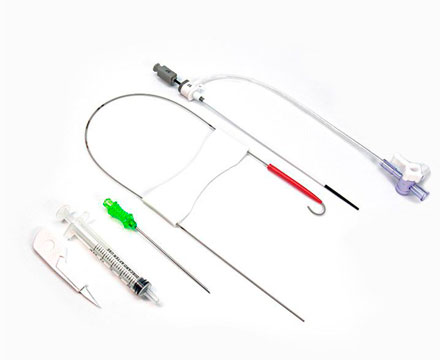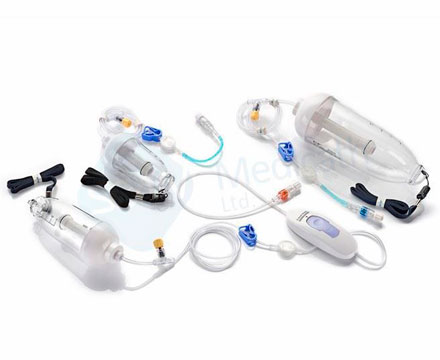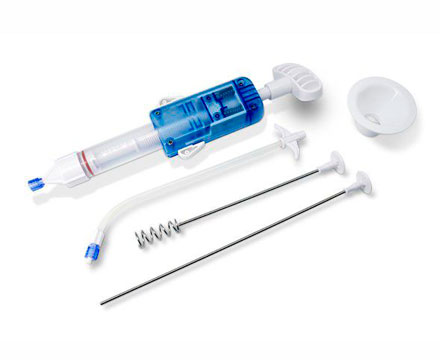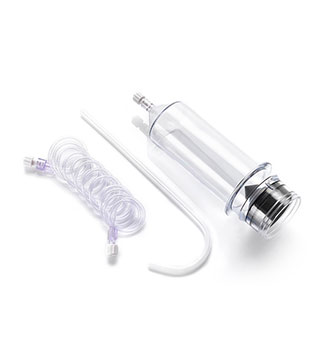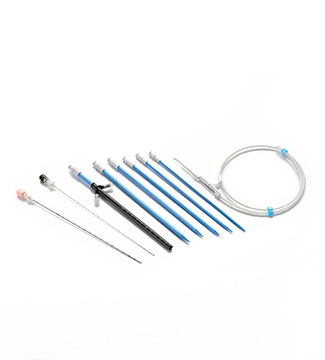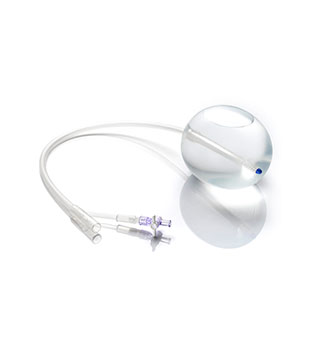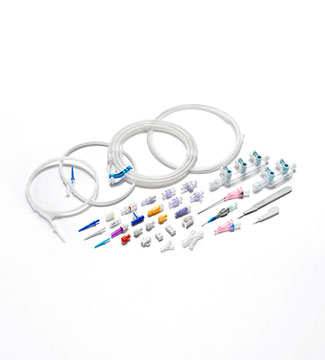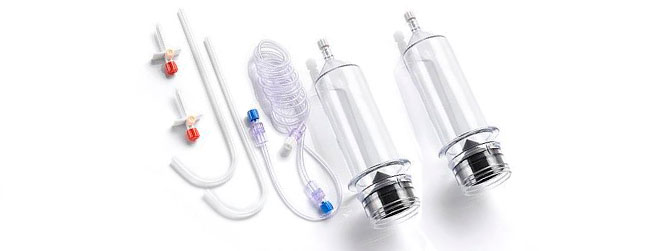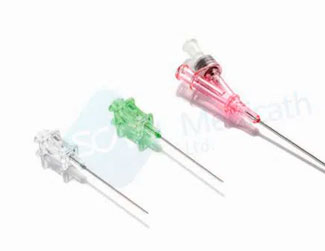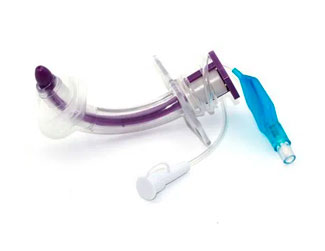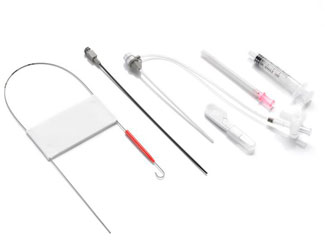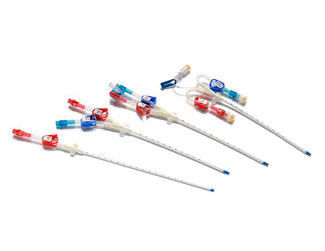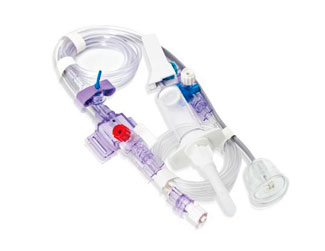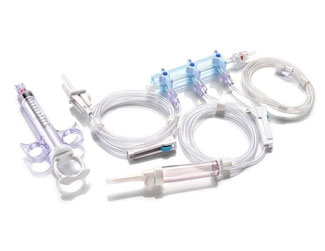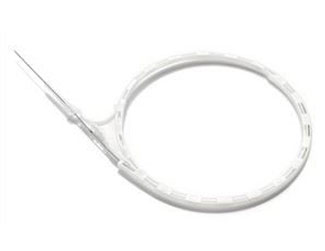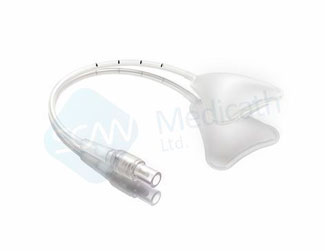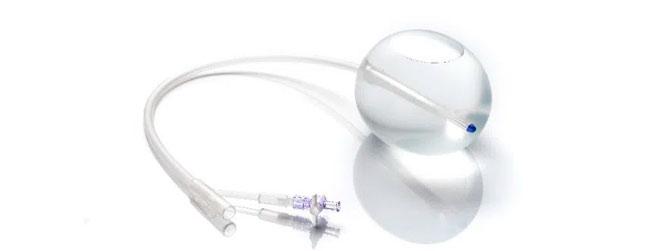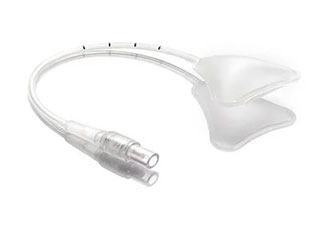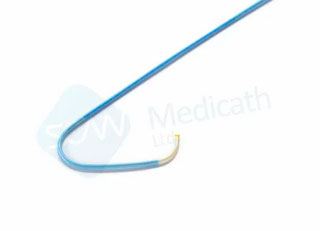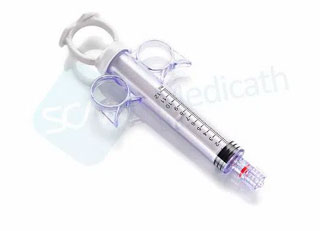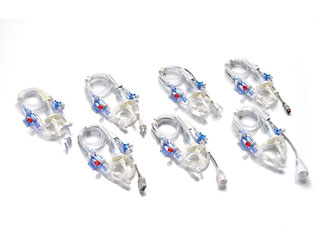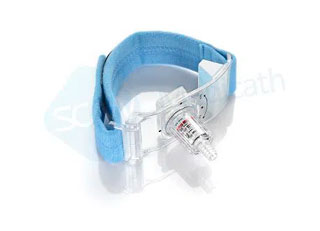What Are the Classifications of Medical Catheters?
Medical catheters are classified into three categories: Class I medical catheters, Class II medical catheters, and Class III medical catheters
Class I catheters
endotracheal tubes, tracheostomy tubes, ventricular drainage tubes, three-chamber two-sac tubes, closed thoracic drainage tubes, T-tubes, abdominal drainage tubes, deep venous catheters, wound drainage tubes, and bladder catheters.
Class II catheters
urinary catheters, gastric tubes/nasogastric tubes, and central venous catheters.
Class III catheters
infusion sets and nasal oxygen cannulas.
Generally speaking, the classification of medical catheters into Class I, Class II, and Class III is determined based on the classification system for medical devices. According to the classification rules for medical devices, Class I medical devices are those that are safe and effective through routine management;
Class II medical devices are those whose mechanism has been internationally and domestically recognized, the technology is mature, and safety and effectiveness must be controlled;
Class III medical devices are those that are implanted into the human body, used for life support, or have a complex technical structure that may pose potential danger to the human body, and safety and effectiveness must be strictly controlled.
Therefore, to determine the classification of the medical catheter you are interested in, you should see which category it falls into based on its usage.
Medical catheters are divided into ordinary catheters and special catheters
Ordinary catheters are plastic tubes with a certain length and a tapered front end for easy insertion into blood vessels. The tail end is the same as that of an injection needle, so it can connect to a syringe.
There are many shapes of the front end of ordinary catheters, such as single arc, reversed arc, double arc, reinforced double arc, liver arc frontal view, liver arc lateral view, three arcs, etc., to facilitate insertion into blood vessels in different parts. The size of the catheter is usually expressed in F numbers, such as 6F or 7F, where F is equal to the millimeter perimeter of the catheter.
The shape and structure of special medical catheters are relatively complex, and the medical functions they perform are also diverse. Special catheters include balloon catheters, which are the most commonly used type and include ordinary double-lumen single-balloon catheters, double-lumen double-leaf balloon catheters, double-lumen three-leaf balloon catheters, double-lumen single-balloon catheters, four-chamber double-balloon catheters (used for carotid artery angioplasty), detachable balloon catheters, perforated balloon catheters, coronary angioplasty balloon catheters, quick exchange balloon catheters, balloon catheters on guide wires, balloon catheters with fixed guide wires at the tip, combined series balloon catheters (three-chamber double-balloon), perfused balloon catheters, laser balloon catheters, and radiofrequency thermal balloon catheters (three-chamber single-balloon catheters).

 English
English  日本語
日本語  한국어
한국어  français
français  Deutsch
Deutsch  Español
Español  русский
русский  português
português  العربية
العربية  tiếng việt
tiếng việt  ไทย
ไทย  Malay
Malay  हिंदी
हिंदी 
